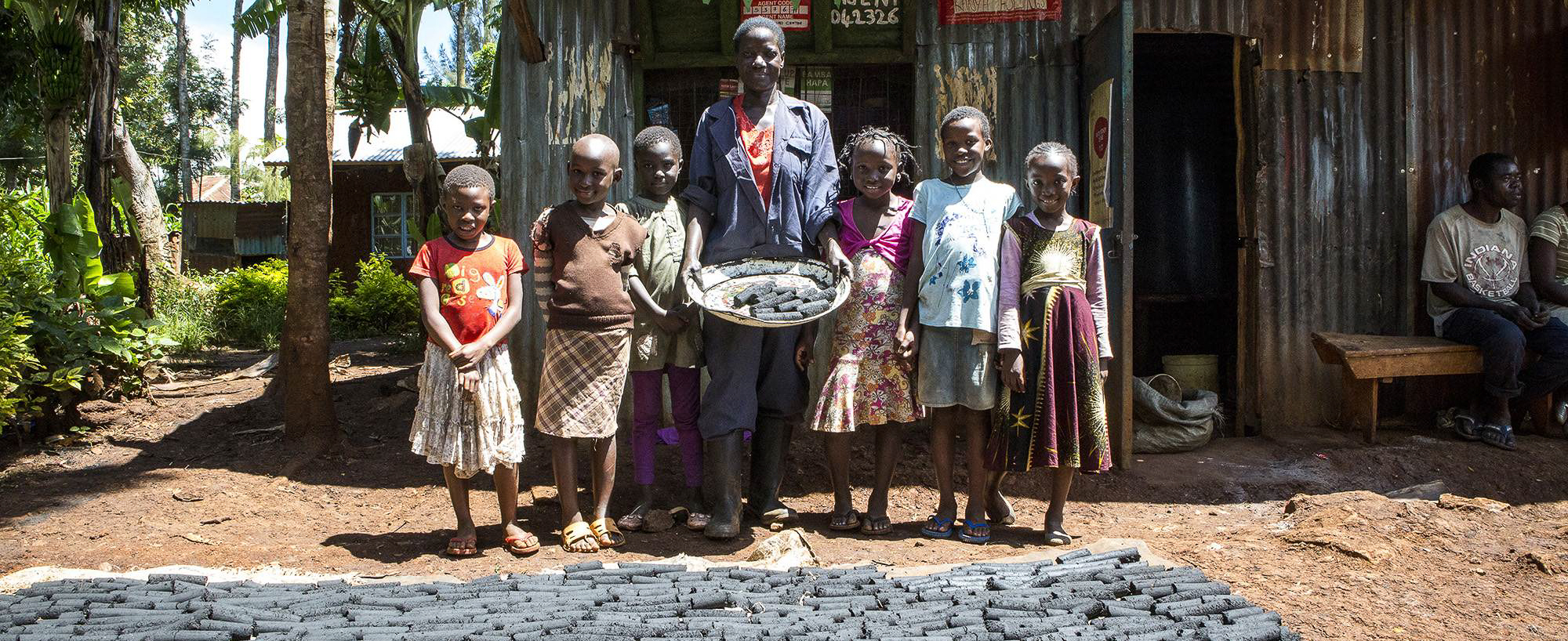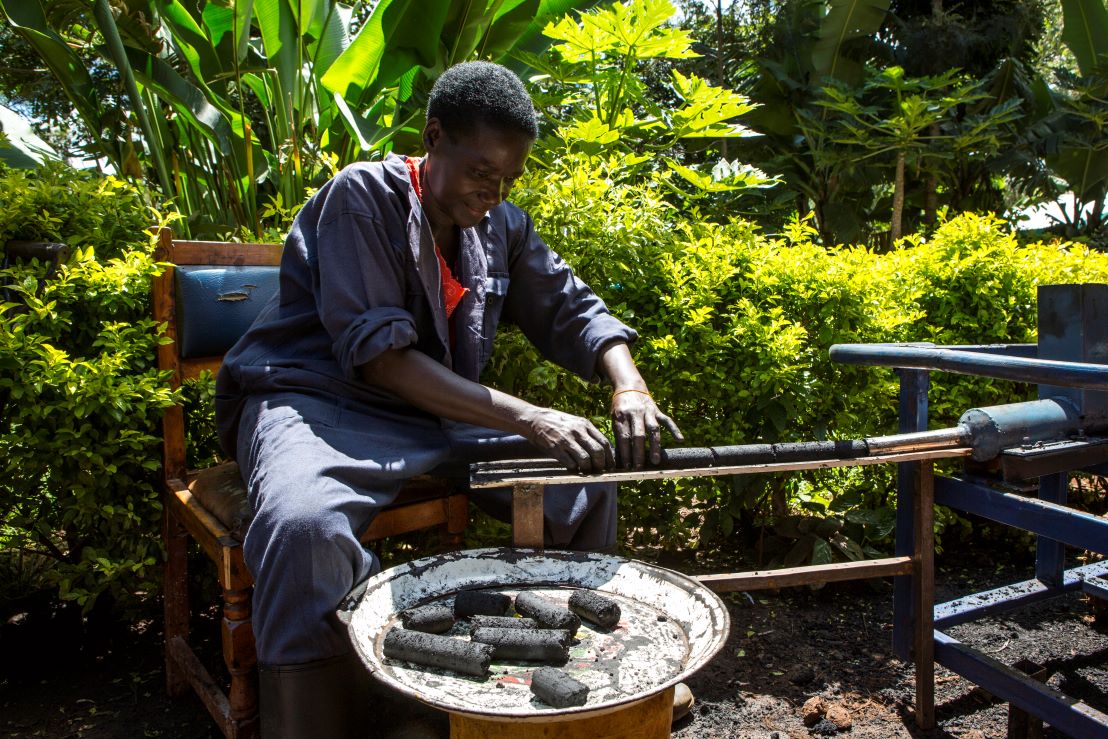
Markets and private sector investment are an important driver of community-based adaptation.
Without them, publicly funded adaptation initiatives, no matter how efficient or impactful they are, will mean that communities and countries fail to effectively adapt to climate change.
Both public and private institutions need to work together with the shared objective of climate resilient development.
By: Chris Henderson, Sam Greene, Susan Nanduddu and Sam Barrett
What do we mean by the private sector?
When we talk of the private sector here, we are using the term in its broadest sense – from multinational companies down to Micro, Small and Medium Enterprises (MSMEs), smallholder farmers and informal individual entrepreneurs and traders. For truly locally led, community-based adaptation, the latter are the most important private sector actors because they create and enable the livelihoods of the people most affected by climate change. This group is already typically heavily invested in adapting to climate change impacts, with evidence showing that household investment in adaptation dwarfs publicly available finance. And yet much of this local investment focuses on absorbing climate risks rather than transforming livelihoods for future resilience.
At the same time, we must recognise that the opportunities, markets and business models of small and local private sector actors are deeply connected to the activities and investment of larger stakeholders such as companies and investors, local, national and international. For example, global supply chains and markets heavily influence smallholder farmer prices, while investment is driving changes in technologies and ways of doing business. Particularly in the more vulnerable countries, civil society organisations also have an outsized role in how markets function, sometimes acting as investors, other times as providers of free or low-cost services, infrastructure, and advice.
How can we improve private sector engagement?
Public climate finance investment in adaptation remains inadequate, and it is clear that we need to mobilise the resources, initiatives, and efforts of the private sector to deliver sustainable and transformative adaptation at scale. But how can this be done in a way that works for the most vulnerable, and particularly for poor people in developing countries facing climate risks every day, without effective enough institutions to support them?
This question was central to a discussion at this year’s 18th Community Based Adaptation Conference, in Arusha, Tanzania, which took place in May. Over 300 development practitioners discussed this issue head on in a plenary workshop: Bringing the Private Sector into Community Climate Resilient Development.
The objective of the workshop was to explore strategies for engaging the private sector in meeting the public objectives of supporting inclusive, locally led adaptation, while also generating revenue in ways that are ecologically restorative and socially inclusive.


The main conclusions were that we need to:
Reconsider and improve the role played by Non-Governmental Organisations (NGOs). NGOs were criticised by some participants for undermining well-functioning markets with free supplies, agricultural inputs and new technologies, crowding out local innovation and emerging small businesses. Instead, more considerate roles could include: Convening different market systems stakeholders and facilitating equitable dialogue about environmental standards, monitoring social dimensions of market access and co-designing inclusive market systems; increasing visibility of successful, green private sector investments in adaptation; Monitoring and identifying groups with less market access and voice and supporting them to engage equitably; Facilitating collaborative action research and innovation; and, Supporting Monitoring Evaluation and Learning (MEL) to bring perspectives that can be missed in private sector-based initiatives – notably medium, long-term and landscape perspectives.
Development practitioners should explore how to increase strategic support to enable MSMEs to fulfil their essential contribution to the adaptation economy. For example, through facilitating stronger market linkages, creating cooperatives with greater bargaining power, or investing in local innovation. This strategic support needs to switch from piloting to seeking systemic change.
Grants and provision of free equipment and services can have their place in reducing vulnerability. But more attention is needed on their impact on local market systems – projects need to be a help rather than a hinderance. Rather than crowding out MSMEs with free goods and services, grants could focus on enabling private sector actors to provide subsidised services to more vulnerable or harder to reach people.
Take a landscape perspective to identify and highlight ecosystems risks. Private sector business models tend to be linear, focussed on revenue generation in the short term – particularly for MSMEs. This is to the exclusion of medium and long-term risks such as the over extraction of water and loss of biodiversity. Funders must support a role for local governments and civil society to ensure that market expansion does no harm to the environment, or better, actively restores it.
Improve and coordinate action research to explore how to sustainably finance businesses and investments that deliver on locally-led adaptation’s objectives, including research done by the private sector. This must include exploring how to use public money to ‘crowd in’ private sector investment in community-based adaptation using locally-led adaptation principles, or establishing enterprises that provide dividends to communities, or innovative partnerships between public and private sector institutions (blended finance).
How could intermediaries help?
A recurrent theme in the discussion was on the role of intermediaries such as NGOs and sometimes local governments. Their role could be more effective as safeguards against maladaptation, acting as a ‘watchdog’ to private sector engagement in adaptation, highlighting social and environmental risks, supporting the most marginalised to engage equitably, and convening different actors at strategic moments.
Putting these actions into practice might create greater collaboration between the public and private sector in line with a whole of society approach, and greater finance unlocked for more transformative adaptation supported by local businesses. They could help up-scale adaptation while reducing the incoherence and maladaptation we see so often in development.